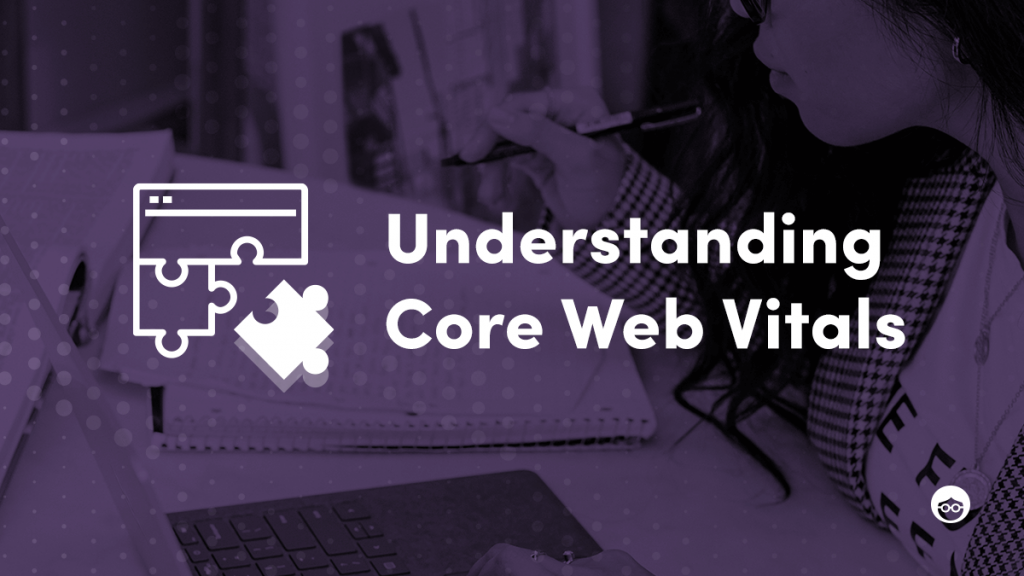
This post is part of a series on Core Web Vitals; to learn more, be sure to check out our second post.
Optimizing for user experience is key to driving long-term usage and engagement on the open web. Considerations extend not just to how your own site is built, but also the impact of elements provided by on-site partnerships.
Google has long provided a range of tools and measures that help site owners monitor and improve site performance. In May 2020 Google introduced the Core Web Vitals providing unified guidance on the quality signals that Google defines as essential. These signals measure and guide site owners to deliver optimal user experience beyond the written text, such as how fast does the page load, how fast can a user interact, and how quickly is the page visually stable.
Following their introduction, Google has announced that Core Web Vitals would be included in a site’s SEO scoring, beginning in June 2021. As with most things SEO, the exact extent of the impact is hard to pinpoint. However Google has said that contextual signals will continue to be the main driver of SEO, but, if two articles are ranked even then Core Web Vitals will be used as a tiebreaker.
Given the importance of SEO as a traffic source, monitoring, mitigating, and minimizing impacts on Core Web Vitals scores is crucial.
These topics can be complex with site owners at different stages of readiness. Let’s take a closer look at each of the components that comprise Core Web Vitals:
LCP
- Name: LCP (Largest Contentful Paint)
- Measures: Page load.
- What does it mean? Measures when the largest elements in a user’s viewport become visible. This determines when the main content of the page has loaded on the screen and can be enjoyed by the audience.
- Takeaway: Ensure that all page elements load quickly.
CLS
- Name: CLS (Cumulative Layout Shift)
- Measures: Visual stability.
- What does it mean? Measures changes in page layout that occur after the initial page load (within 500ms of user input which currently is defined as a click). CLS measures both when visible content shifts in the viewport, as well as the distance the elements impacted were shifted. This ensures users can focus on enjoying the web page and are not irritated by page elements shifting and changing in front of their eyes.
- Takeaway: Ensure interactive elements that affect page layout load quickly. Avoid changing the structure of a page once it is in the viewport.
FID
- Name: FID (First Input Delay)
- Measures: Interactivity.
- What does it mean? Measures the time from when a user first interacts with a page to the time when the browser responds to that interaction. This ensures users can quickly interact with the page, e.g. they don’t have to click many times on a page before it responds.
- Takeaway: Ensure interactive elements render quickly and that clickable elements are not waiting for other slower loading parts of a page to load before they can be interacted with by a user.
Understanding and ensuring your sites are optimized for Core Web Vitals is an important part of delivering a world-class user experience. Noting that all elements of a page will have some impact, it is important to take steps that minimize material impact.
The time to monitor and improve Core Web Vitals score is now. We have dedicated product resources focused on this area and have already put in place many proactive measures. Ensuring our partners continue to enjoy outstanding monetization and engagement thanks to Outbrain technology but without negatively impacting Core Web Vitals scores. We will be sharing more details on this later in the series alongside tips and best practices in measuring your site’s Core Web Vitals.
To learn more about Core Web Vitals, be sure to check out our second post.
